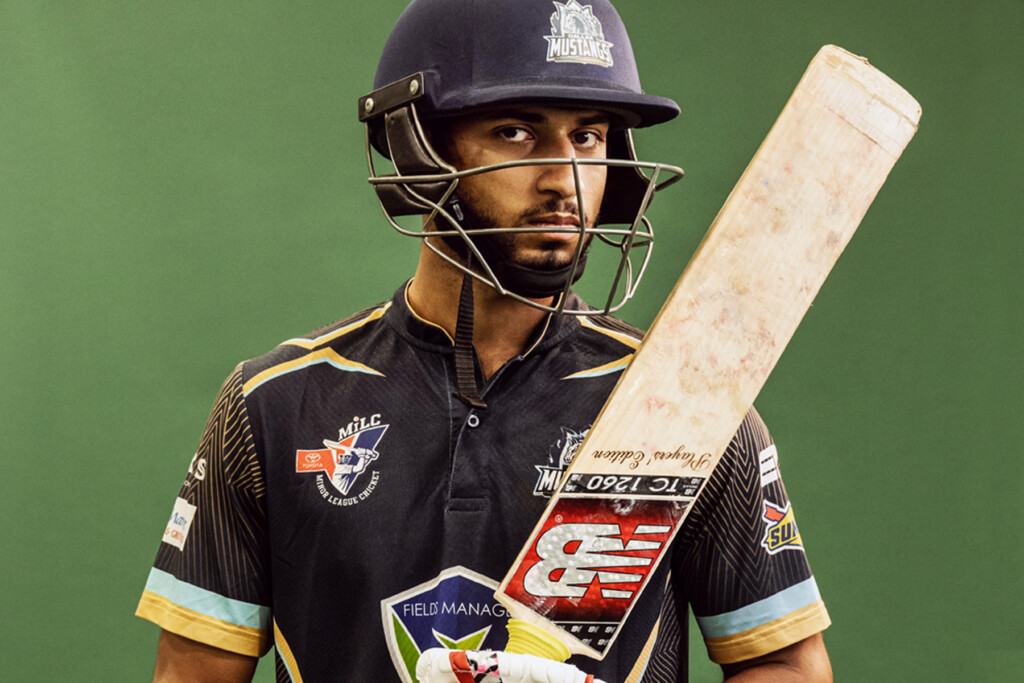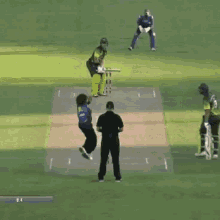“I knew in my head that I was going to move here at some point in time,” he says. “It just wasn’t yet.”
In the meantime, though, the borders were closed. He was stuck, with nowhere to play. So he may as well be of use. About six weeks after arriving in Dallas, he tracked down the phone number of Iain Higgins, then the chief executive of USA Cricket, and asked him two questions: what is the state of American cricket, and is there a way he could help?
The answer to the latter question, as it turned out, was he could. For 90 minutes, Higgins laid out a plan that, if successful, would change professional sports. As cricket surged to become the world’s second-most popular sport, the United States remained by far the largest market it had yet to penetrate, though not for lack of trying. In 2004, a domestic league called Pro Cricket lasted all of a season. A half-decade later, the American Premiere League was announced. It would take a dozen years, and the collapse of the governing body that sanctioned it, for any games to be played, at a far smaller scale than envisioned. But the national interest is there. Peter Della Penna, who covers the sport for ESPN’s English-language cricket site, says that the United States is neck and neck with the United Kingdom as the country providing the most web traffic, behind India. The domestic club scene is growing, too. One-off tournaments dot the country. But no one had ever blended fiscal might with the necessary cricket smarts to build a competition on par with the biggest franchised leagues in India, Pakistan, England, Australia, and the Caribbean.
Until now. Higgins told Anderson about an investment supergroup called American Cricket Enterprises, which had formed to create Major League Cricket, a six-team professional league that intended to succeed where everyone else had failed in the States. Four of the teams are backed by Indian Premier League clubs, who transformed cricket from stuffy to spectacle at a level unmatched by anyone else. Games would be played in July, a dead spot on the global cricket schedule, as well as the most wide-open time of year on the American sports calendar. There would be world-class stadiums, youth academies, and an accompanying minor league.




 . The older males in my family love it though.
. The older males in my family love it though.

